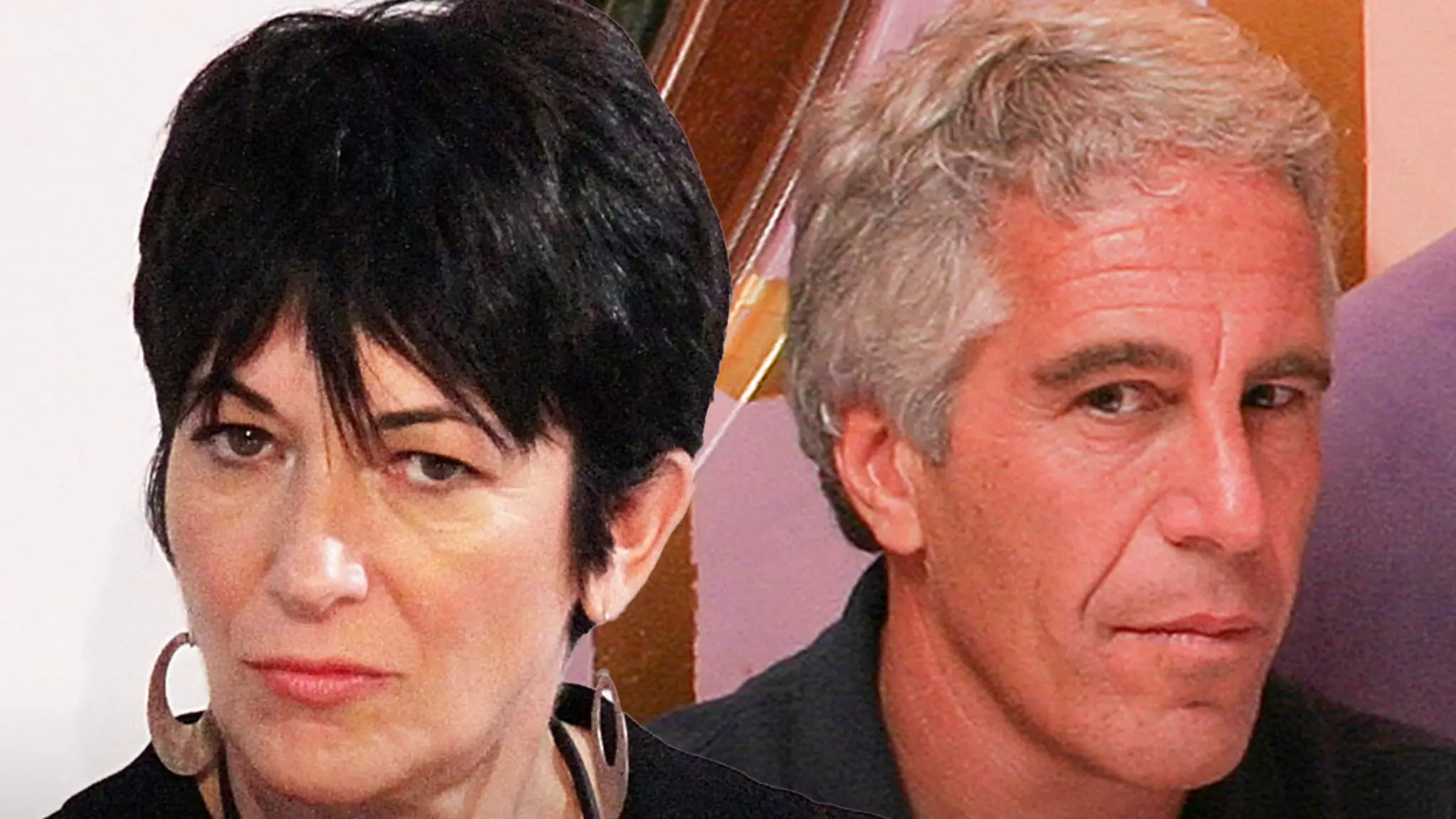The revelation that Ghislaine Maxwell is preparing to present fresh evidence invites both curiosity and skepticism. While many see this as a potential breakthrough in unveiling hidden truths behind Jeffrey Epstein’s expansive network, it also raises questions about the motivations and the timing of such disclosures. Historically, high-profile cases involving influential individuals and clandestine operations often involve layers of deception, manipulation, and delayed justice. If Maxwell indeed possesses new information that can significantly alter the narrative, it represents a rare opportunity to pierce through an opaque web of secrecy and hold the powerful accountable. Yet, we must remain critical about whether this effort is driven by a genuine pursuit of justice or by the strategic necessity of lightening her own circumstances.
The Complex Web of Legality and Public Discourse
The U.S. Department of Justice’s decision to meet with Maxwell underscores a broader aspiration to piece together the puzzle that Epstein’s network left deliberately concealed. However, these encounters take place amidst an intricate interplay of legal considerations, political interests, and media narratives. Public scrutiny of the Epstein case has long been tinged with conspiracy theories and allegations of cover-ups, especially considering Epstein’s alleged connections to influential figures, including political leaders like Donald Trump. The fact that Maxwell has remained silent during her trial, refusing to testify about her knowledge, only fuels the narrative of a layered conspiracy. When she now offers “new evidence,” the stakes are high—either this will bring overdue transparency or be viewed skeptically as a calculated move to negotiate her future freedom.
The Unfinished Story of Epstein’s Circle
The case’s unresolved mysteries extend beyond Maxwell’s revelations. The so-called “Epstein Files” and the rumored list of high-profile clientele have captivated public imagination for years. The intrigue is compounded by Epstein’s mysterious death and the utter silence of many who might be complicit. The resurfacing of Epstein’s deposition clip, where he refuses to answer questions linking him to Donald Trump, hints at the magnitude of undisclosed connections that could redefine our understanding of elite social circles involved in misconduct. If these secrets come to light, they could shake the foundations of trust in institutions and expose the darker underbelly of power, wealth, and influence. The potential for such disclosures energizes advocates for full transparency but also invites skepticism about whether true justice will ever fully surface.
Justice as a Moving Target
Ultimately, the revelations promised by Maxwell represent more than just a legal development—they symbolize a collective yearning for truth in a landscape riddled with deception. However, history teaches us that justice in cases involving the affluent and influential often progresses at a glacial pace, and full accountability remains elusive. The current efforts could serve as a catalyst for change or be dismissed as strategic maneuvering. Nonetheless, this chapter offers a glimmer of hope that, amid shadows and obfuscation, truth can emerge if determined voices demand it fiercely enough. Until then, the ongoing saga reminds us that transparency is a reciprocal process—one that requires both courageous disclosures and vigilant scrutiny.

